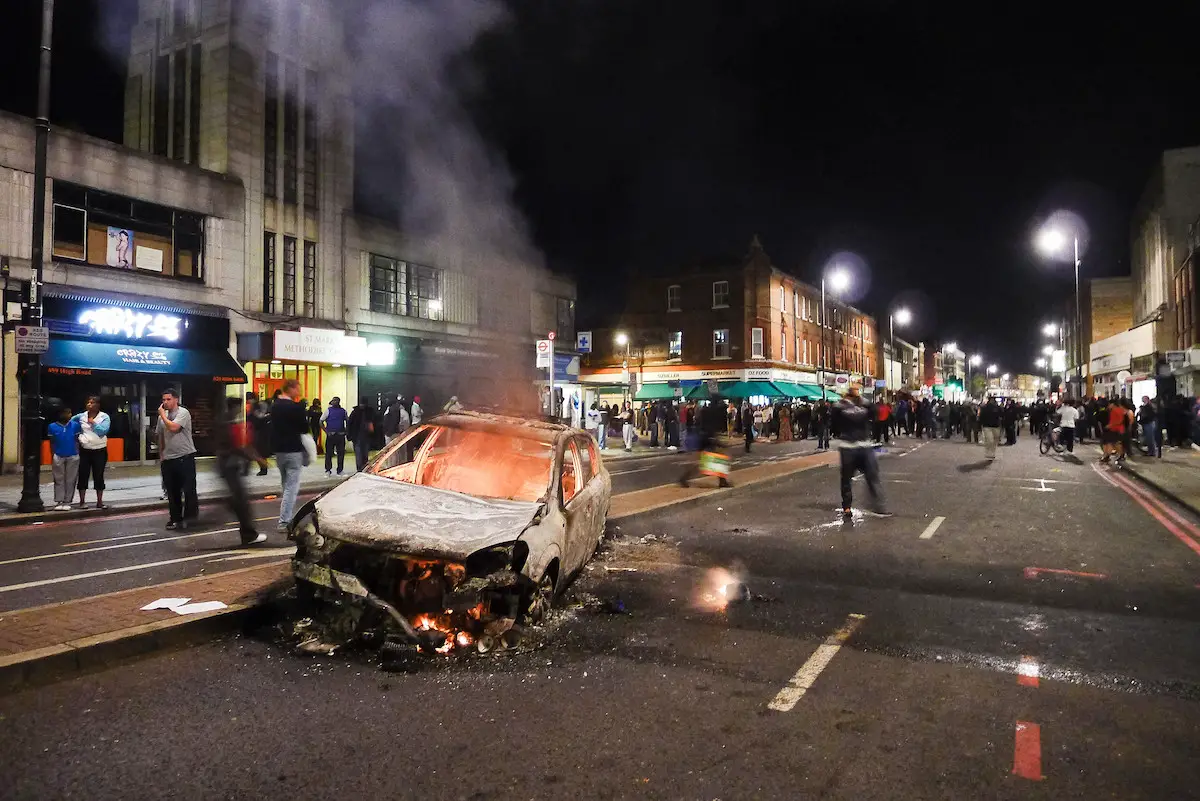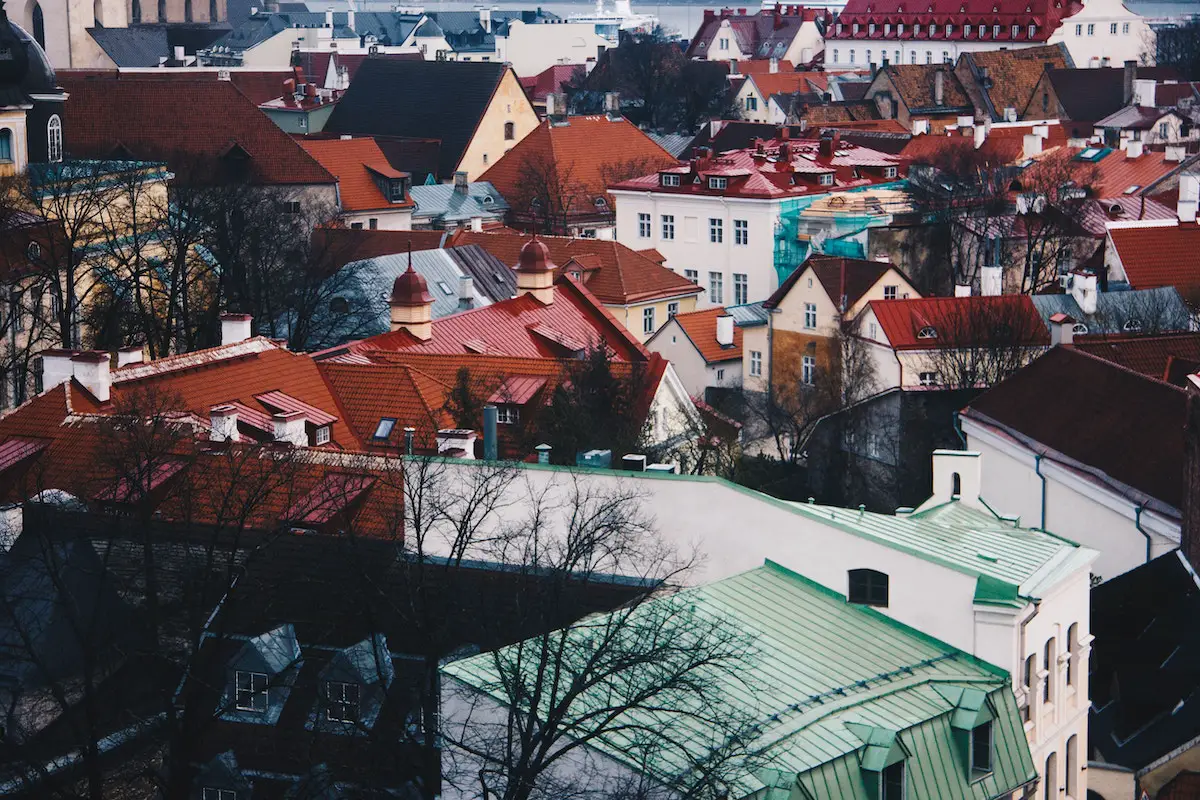If you ask a local from the Kansas City area where the West Bottoms are located, several would not be able to pinpoint the location, but if you ask where Kemper Arena or the Haunted Houses are located, everyone would be able to point to a low river basin just west of downtown.
This river basin located at the confluence of the Missouri and Kansas River holds one of the largest stocks of Romanesque Revival architecture in the United States and it is one of the busiest intersections of railroad traffic in the country, transporting goods as far south as Mexico and as far north as Canada. This small river basin is the West Bottoms, the forgotten gem of Kansas City
This area was founded around the 1860s with the arrival of the railroads and was the original downtown of Kansas City. The proximity of the two rivers and the flat land for railroads quickly made this location the economic engine of the area. The area capitalized on the industrial revolution of the railroad industry allowing for the Livestock Exchange to be the distribution hub of Midwestern cattle around the nation and other smaller industries such as seed warehouses, furniture stores, and household products to prosper.

The location of this shallow river basin also became part of the West Bottoms’s decline. After the floods of 1903 and 1951 all of the residential areas retreated to the surrounding bluffs, and a majority of the businesses moved to the east to establish the downtown area as it is today. A series of levees were built to prevent any further catastrophic damage to the area, but this affectively cut off the city to any type of riverfront recreation. The area then became dominated by one-story warehouses and truck-based distribution centers leaving the historical stock of buildings underutilized.
It would not be until the late 1990s that a quiet renaissance started in the West Bottoms to revive the area to its new glory. Cydney Millstein of Architectural and Historic Research studied the area extensively and has been working with local legislation on making the area into a historic district. This zoning overlay would allow for government funds to help preserve, protect, and repair many of the buildings in the area. Each building has a unique story and history on its use and construction as the tour progressed throughout the area. One key element that Millstein pointed out was the need for investors to help preserve and care for these historical buildings and prevent them from being demolished.

Darby Trotter and Adam Jones are a part of a larger group of local businessmen that have taken up this call and have been key investors in the revival of making this part of the city livable once again. Darby Trotter, Vice President of Faultless Starch, was an instrumental figure in retrofitting an old factory into the company’s current headquarters as well as highlighting important historical moments in the area through memorials. The company’s headquarter paid close attention to the historic building details by keeping features such as the old fire wall doors and preserving the original factory wood flooring.
Not all of the revival has been about retrofitting, Adam Jones, owner of Foundation Architectural Reclamation, has been instrumental in helping to save the material history of the area. From his reclamation yards dotted throughout the area, Adam Jones has been a supplier of historic and reclaimed materials being reused both in the West Bottoms and in new projects being constructed through the downtown region. Adam Jones has also helped set up old buildings to be reused as artist studios that are a part of the area’s new fledging art community.
These individual efforts have brought the attention to the Kansas City Planning Comission to include this area back into the overall city plans and have attracted the attention of various design groups such as the Urban Land Institute to look at the potential of what this old rail town could become. The Kansas City Design Center, a local urban design studio supported by both Kansas State University and University of Kansas, worked with the local stakeholders last year to help propose a vision plan that would explore new ideas and help to preserve the unique history of the area. The student work closest to the historic area concentrated on remaking the streetscape and civic spaces to preserve the unique characteristics of the historical area and enhance the quality of life of the pedestrian.
The West Bottoms is a great model on how old rail towns can convert themselves into thriving communities without having to sacrifice their unique character. With news of Kemper Arena’s controversial demolition, many locals have taken an interest back in the area and are starting to see the initial progress, making the West Bottoms one of the next up and coming areas for the city.
Images: Kyle Rogler and Kansas City Design Center


